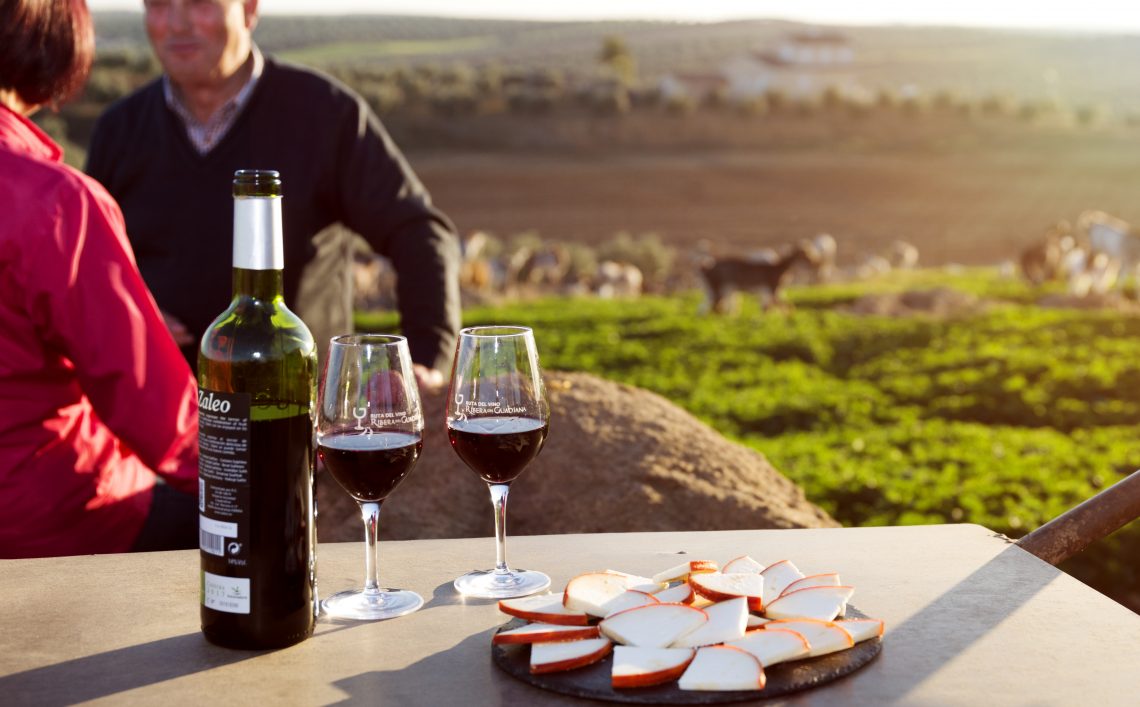The Wolf Post offers a professional service with free access, without subscription.
For this reason, a donation would also be a sign of appreciation for our work.
Extremadura, as the name of Latin derivation describes, is an extreme and hard land with landscapes where nature dominates uncontaminated and large uncultivated spaces precisely due to the difficulty resulting from the severe drought.
Located in the South Western part of Spain, it is a region that shines with a beauty that does not conform to tourist trends and which reserves surprising and unusual itineraries for the visitor.
One of its flagships is the ancient Via della Plata (Via dell’oro), comparable in charm to the Camino de Santiago, full of treasures to see and quality food and wine stops.
In this context, rich in tourist opportunities, the Ribera del Guadiana wine route is a recommended itinerary, framed in the territory of the D.O.P. Ribera del Guadiana, created in 1999 under a single Designation of Origin, Ribera del Guadiana.
The Ribera del Guadiana encompasses a vast territory that stands out for its landscape diversity and natural wealth, as well as for the quality of its wines and sparkling wines.
More than 30 vines make up the territory, among which Tempranillo, Macabeo and the indigenous Pardina and Cayetana stand out.
Let’s find out more from the words of Isabel García Vázquez, technical manager of the Wine Route.
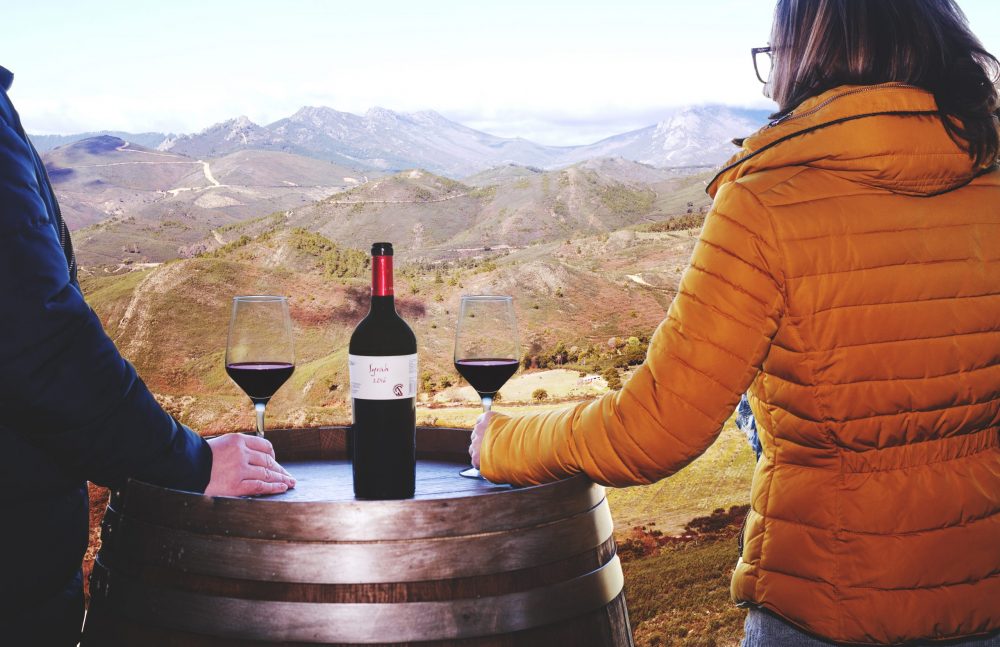
©Ruta del vino Ribera del Guadiana
Since the Association was born, what goals has it achieved and what remains to be achieved?
The association was born and certified within the product club of the Spanish wine routes in 2013.
Location: Geographical area of D.O. Ribera del Guadiana.
The Ribera del Guadiana Wine Route Association has achieved important goals in recent years, including:
• Completing the creation of the tourism product and obtaining certification as a Spanish Wine Route by ACEVIN Y TURESPAÑA in 2013, 2015, 2017 and 2020, was one of the few routes within the product club that was certified during the 2020.
• Developing new promotional supports for the Wine Route (Web, Brochures, Merchandising, new Audiovisuals)
• Create a truly unique short film “The Most Famous Man in the World”.
• Create new experiences related to wine tourism.
• Create unique and attractive events such as La Primavera Enogastronómica, Los Colores de la Vendimia and Pasión por el vino in the Ribera del Guadiana, which have made the Wine Route known at a regional, national and international level.
• Developing a communication plan, with continuous presence of the Path in the media.
• Make more agreements with operators, wine shops, agricultural training centers among others.
• Undertake various promotional actions through Fam Trip, participation and participation in fairs
• Awarding of awards: Award of the province of Badajoz for tourism innovation 2018, wine tourism award for the wine routes in Spain, special mention for the best promotion campaign 2018.
• Insertion of the word “CAVA” in the wine tourism brand as a differentiating element.
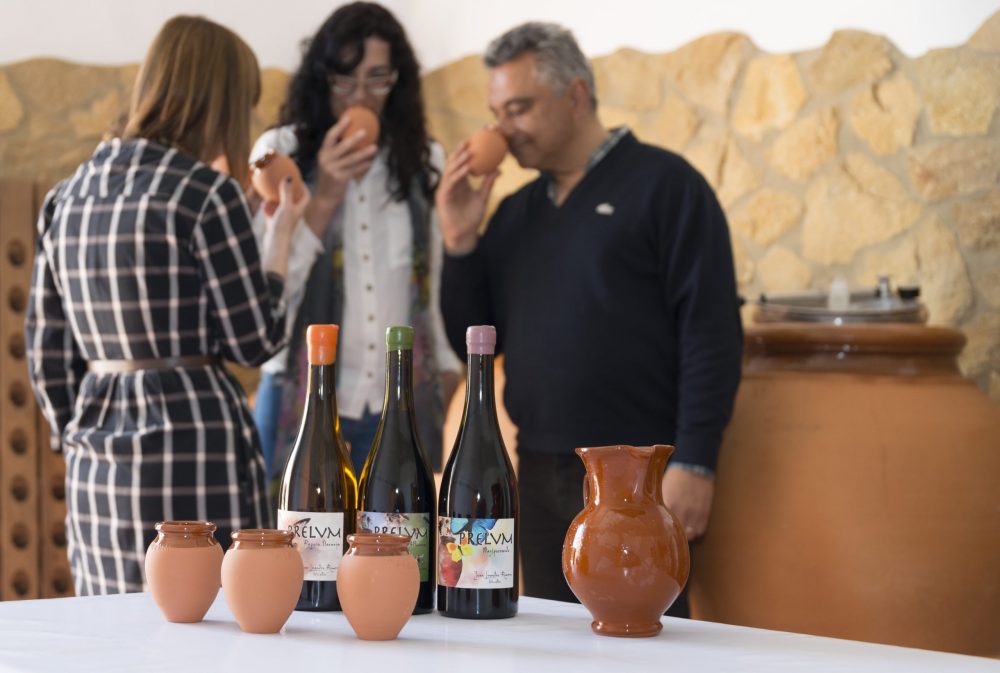
©Ruta del vino Ribera del Guadiana
Right now, we are working to improve the marketing of our partners’ experiences through their websites and the official wine route website with a sales engine that connects them with agencies and encourages cross-selling between partners.
We are also working on a sustainability and accessibility plan.
Through which services/activities is the Ribera del Guadiana Wine Route promoted?
The wine route carries out its promotion through events generated by the association itself to advertise the wine tourism product of its partners, such as LA PRIMAVERA ENOGASTROMÓMICA, a themed weekend around wine in the province of Badajoz, VINOPASIÓN in summer throughout the territory of the wine route in addition to the World Wine Tourism Day, press trips to the destination, newsletter of the route, social networks, etc.
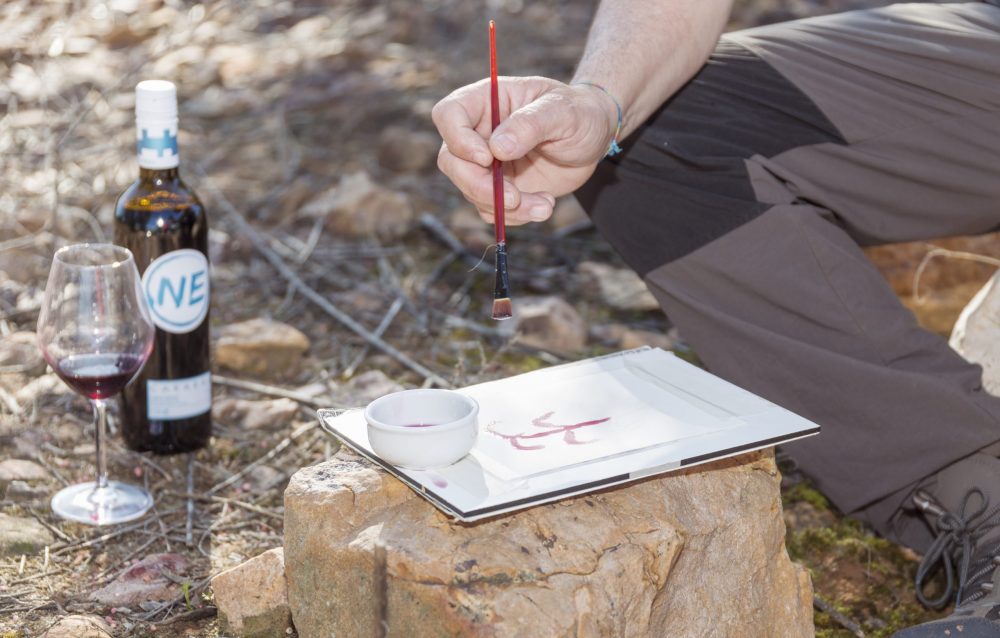
©Ruta del vino Ribera del Guadiana
What are the peculiarities of the territory and its wines?
The vineyard is protected by the D.O. and the grapes are those allowed by the Consejo Regulador.
The excellent tradition of the cellars guarantees the highest quality wines endorsed by the D.O.P. Ribera del Guadiana.
Our native white varieties -Pardina, Cayetana, Montúa and Eva or Beba de los Santos- are a sure bet for our young winemakers, a return to their own and indigenous, with renewed production techniques that give rise to wines, soft, fresh, aromatic, easy to drink and unique on the market.
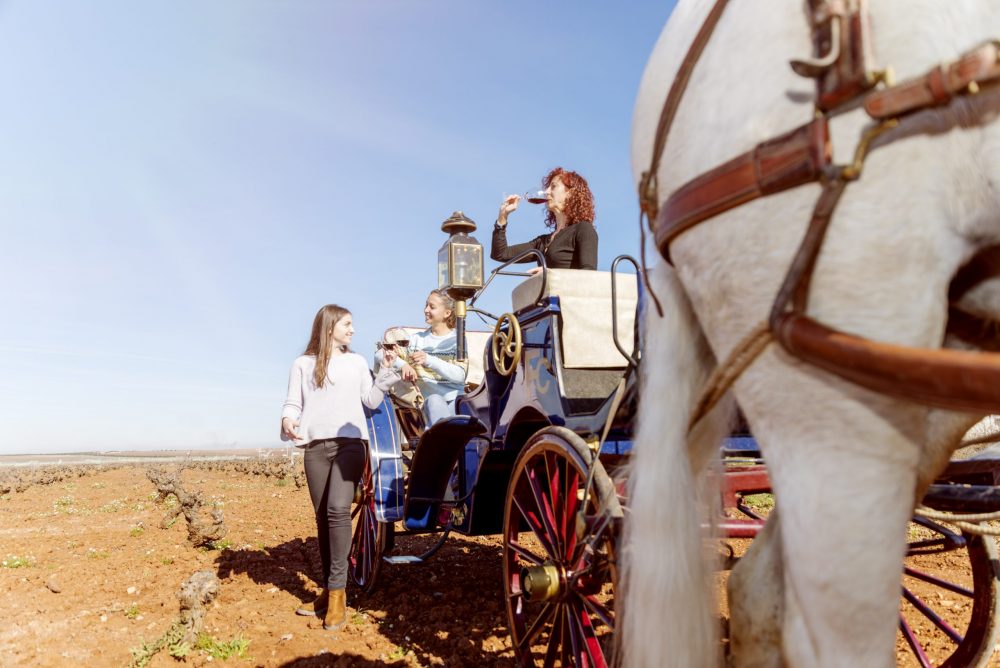
©Ruta del vino Ribera del Guadiana
In the early 1980s, a group of three entrepreneurs from Almendralejo, Pablo Juárez, Aniceto Mesías and Marcelino Díaz, wanted to create new ways to market products from Extremadura, a still little-known territory. Thus it was that, after long experiments, many travels and great enthusiasm, the Almendralejo cava was born (specifically the “Cava via de la plata”, registered in the DO Cava in 1983). This is the beginning of the history of the quarry in Almendralejo. In 1985, when everyone chose a different path, the “Cava Bonaval” was born.
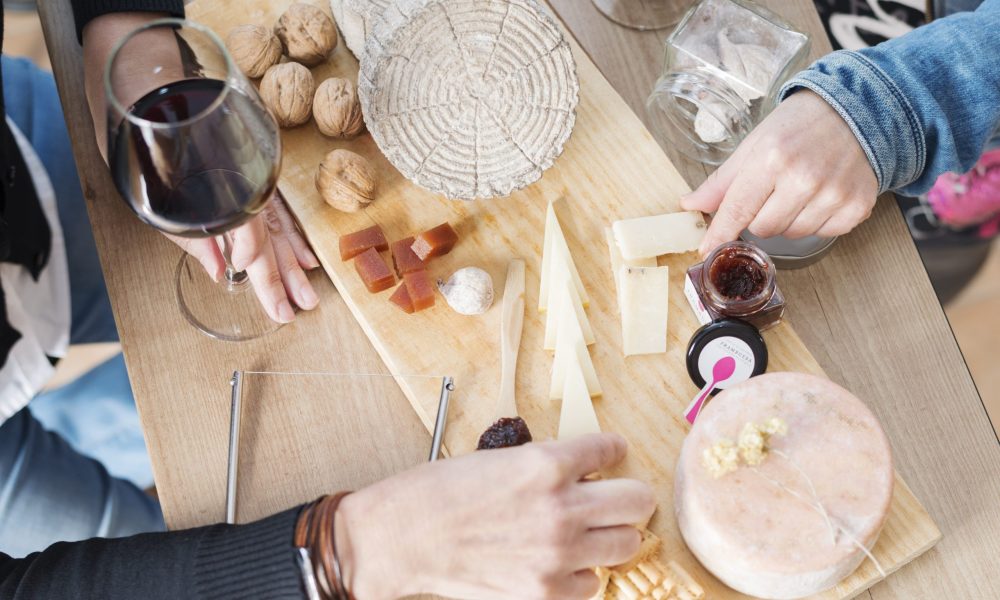
©Ruta del vino Ribera del Guadiana
In 1986, following a law of the European Union, Catalonia proposed a series of municipalities for the production of Cava, among which neither Almendralejo nor Requena appear. Since these two cities have certain acquired rights, (in the case of Almedralejo, the DO Cava had already arisen in 1983) they win the lawsuit, therefore, Almendralejo is the only city in Extremadura where Cava can be produced.
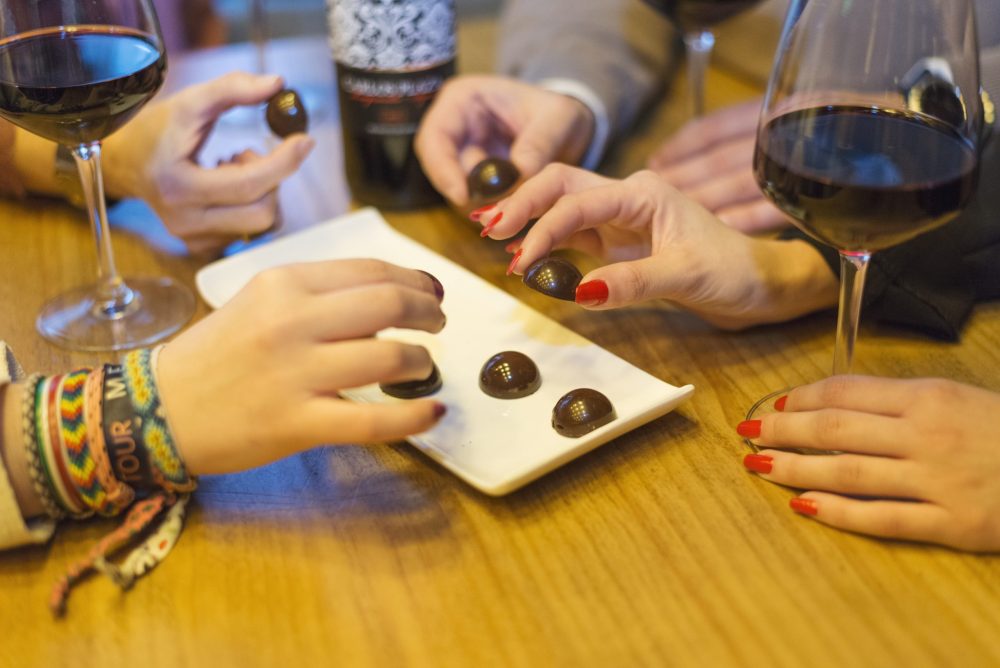
©Ruta del vino Ribera del Guadiana
Since then, until today, the production and production of Cava in Almendralejo has grown and made itself known nationally and internationally. Almendralejo is already a city with a Cava tradition, so much so that some have already called it the International City of Wine and the City of Cava.

©Ruta del vino Ribera del Guadiana
Can you briefly describe the route and the territories of cultural and enotourist interest that it crosses?
Our Path coincides with the geographical scope of the D.O. Ribera del Guadiana, with two sub-areas under certification, Tierra de Barros and Matanegra, but which will soon be extended to the rest of the sub-areas of the D.O., covering part of the provinces of Cáceres and Badajoz.
Unlike other types of drinks, wine has a fundamental element: the landscape, the vineyard.
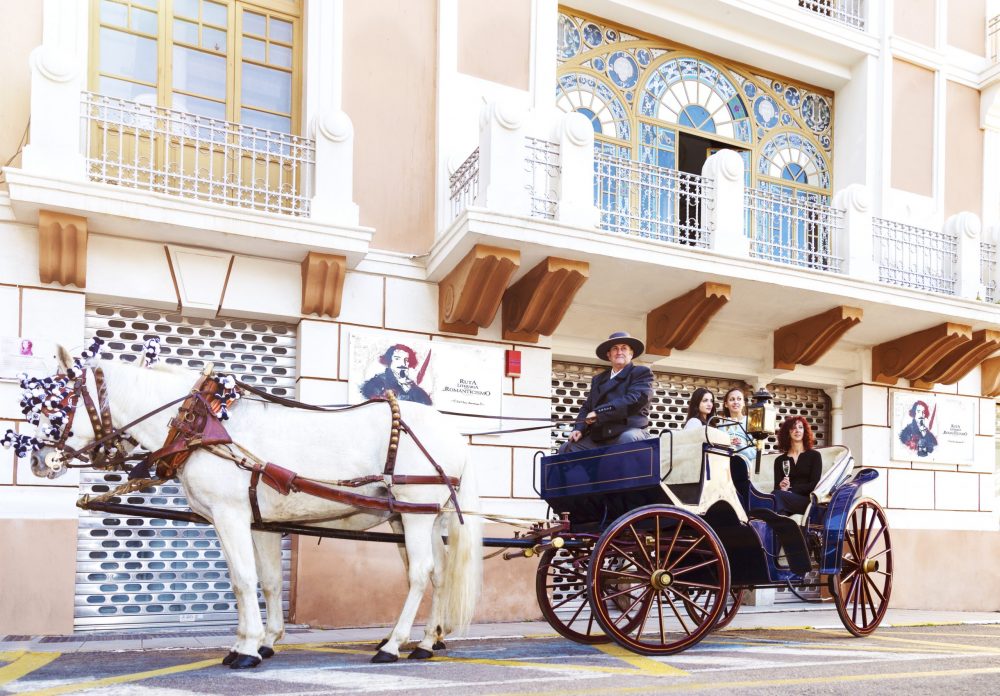
©Ruta del vino Ribera del Guadiana
The tourist terroir of the Ribera del Guadiana is a changing landscape all year round, a chromatic mosaic that goes from the green sea of the vineyards in August to the ocher, yellow and reddish in autumn; on the horizon, vineyards and centuries-old olive trees blend with the red clay in the evening light, surrounded by large expanses of pastures and Mediterranean scrub with the Vía de la Plata as the central communication axis. Traditional, artisanal and innovative wineries.
The geographical location of the Wine Route and the Ribera del Guadiana Cava, crossroads of many roads and cultures, and the Via de la Plata as an itinerary of communication and exchange of products, have marked these lands since ancient times, leaving an important cultural heritage.
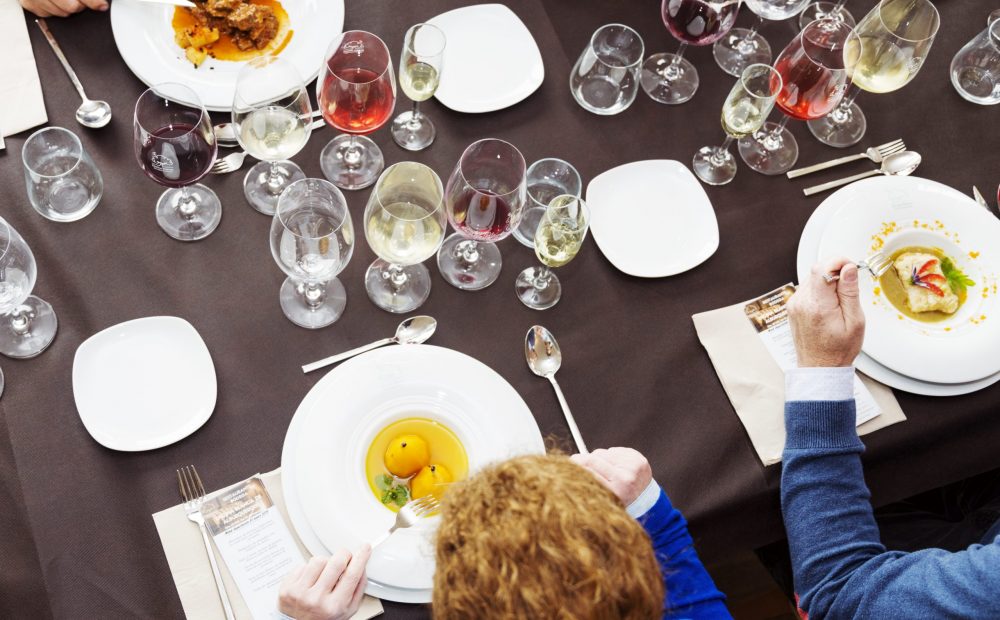
©Ruta del vino Ribera del Guadiana
The ancient Roman road that connected Extremadura with Castilla y León, from Seville to Gijón, vertically crosses this area passing through the villages of Medina de las Torres, Puebla de Sancho Pérez, Zafra, Los Santos de Maimona, Villafranca de los Barros , Almendralejo and Torremejía.
A path of over 2000 years of history, the Vía de la Plata offers all those who walk it a rich and diversified monumental, ethnographic and archaeological heritage that makes it a unique open museum, full of prehistoric sites and settlements such as those of San Marcos and Las Pijotillas.
The archaeological site of Huerta Montero and the Disc of Theodosius stand out, the most important silver jewel of the Eastern Roman world. Along the Vía de la Plata, we can find examples of popular architecture; castles, convents and churches, as well as numerous interpretation centers.
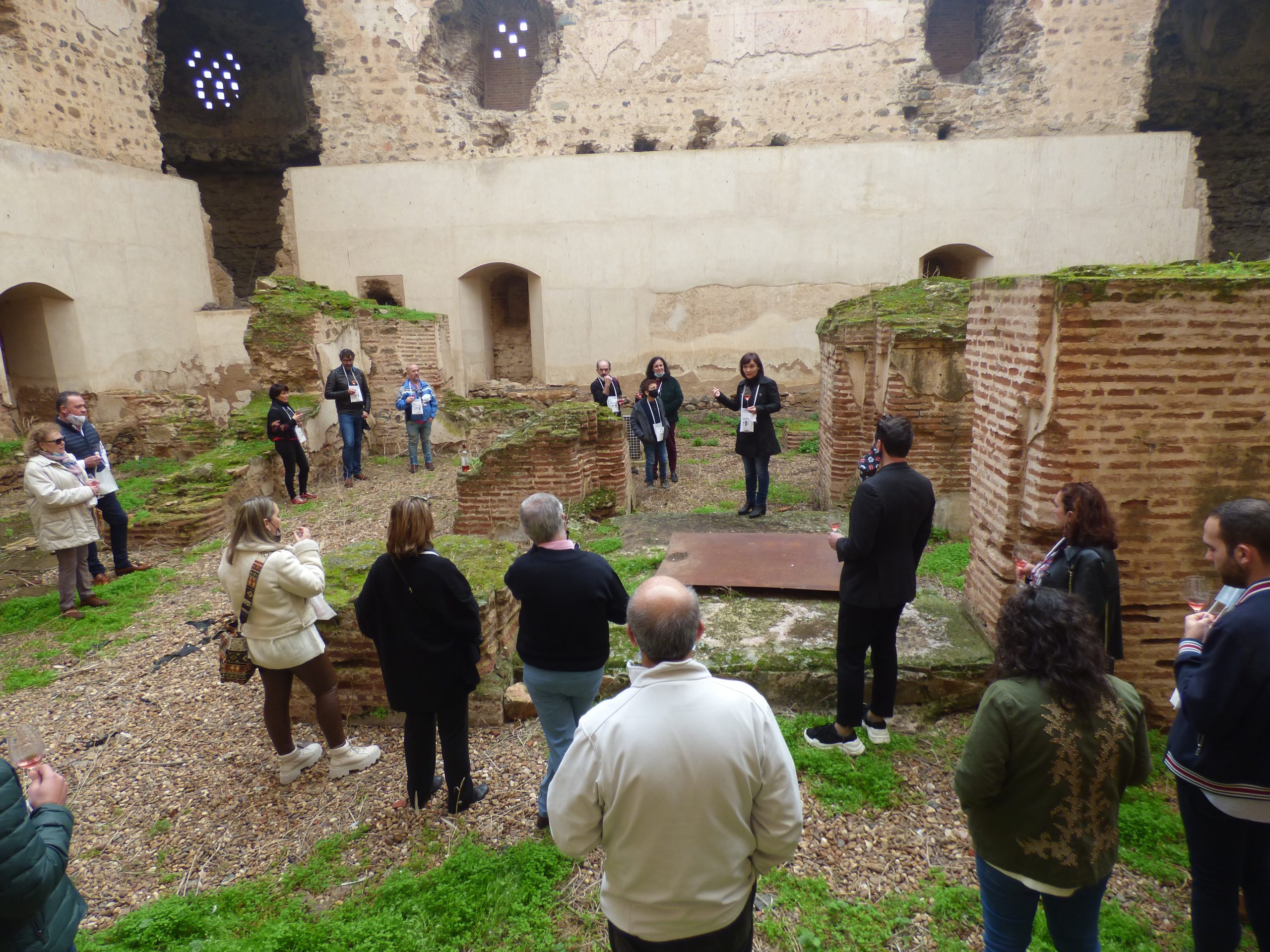
©Ruta del vino Ribera del Guadiana
Manifestations of rock art, prehistoric archaeological sites such as menhirs and dolmens, remains of Roman villas, mining sites, pre-Roman necropolis, examples of Mudejar architecture, ancestral and religious architecture and ethnographic elements related to the agricultural activity of the area, such as the towers of the Aceiteros mills de Fuente del Maestre or the grain farms of Aceuchal and Hornachos.
The Military Orders, particularly those of Santiago and the Temple, have left a powerful mark in the area. Its members, friars and soldiers, defended strategic border points since the second half of the 12th century in exchange for vast properties.

©Ruta del vino Ribera del Guadiana
From that period, important defensive constructions and other buildings associated with the military orders survive, including the Casa de la Encomienda de Calzadilla de los Barros, Los Santos de Maimona, Medina de las Torres and Puebla de Sancho Pérez; the Palace of the Grand Master of Fuente del Maestre; the sumptuous fortress-house of Valencia del Ventoso; the Castle, the Casa del Corregidor and the Royal Prison of Burguillos del Cerro or the Castillo de Feria.
The vestiges of the Duchy of Feria, whose influence was felt in the area in medieval times in the 16 municipalities, are also noteworthy.
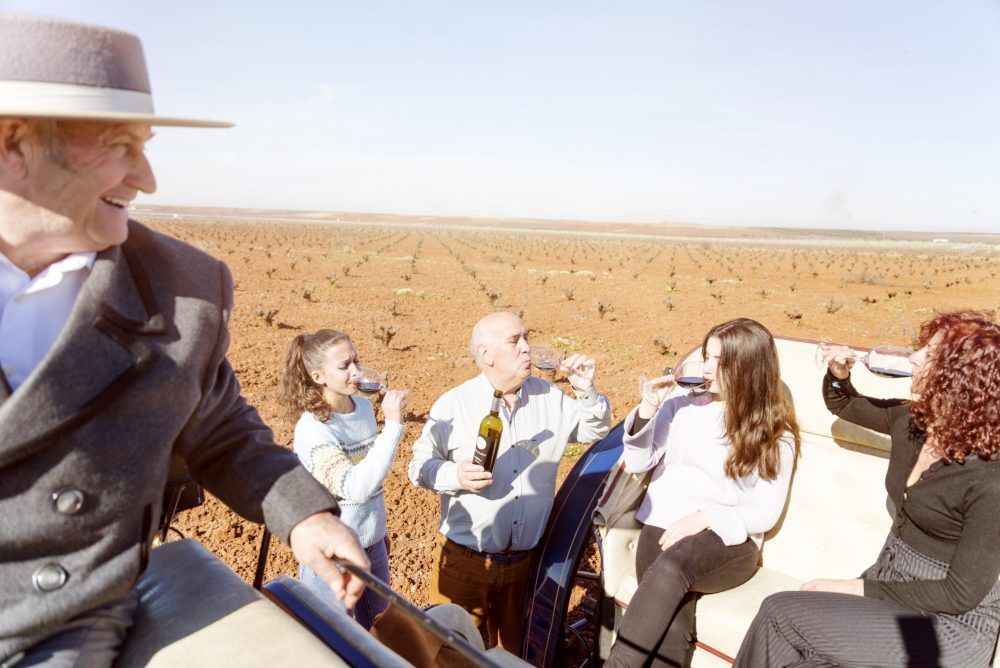
©Ruta del vino Ribera del Guadiana
Why choose the Ribera del Guadiana Wine Route?
The route offers us a way to get to know the Extremadura region through the culture of wine.
Wine tourism experiences that combine wine with traditions, culture, history, nature, art, architecture or gastronomy and with such unique names as “Author’s wines”, “The landscapes of wine and its home” or “Eno-geotourism” . Many visitors discover and begin the enotourist journey thanks to these experiences. Disseminating the culture of wine is our motto.


